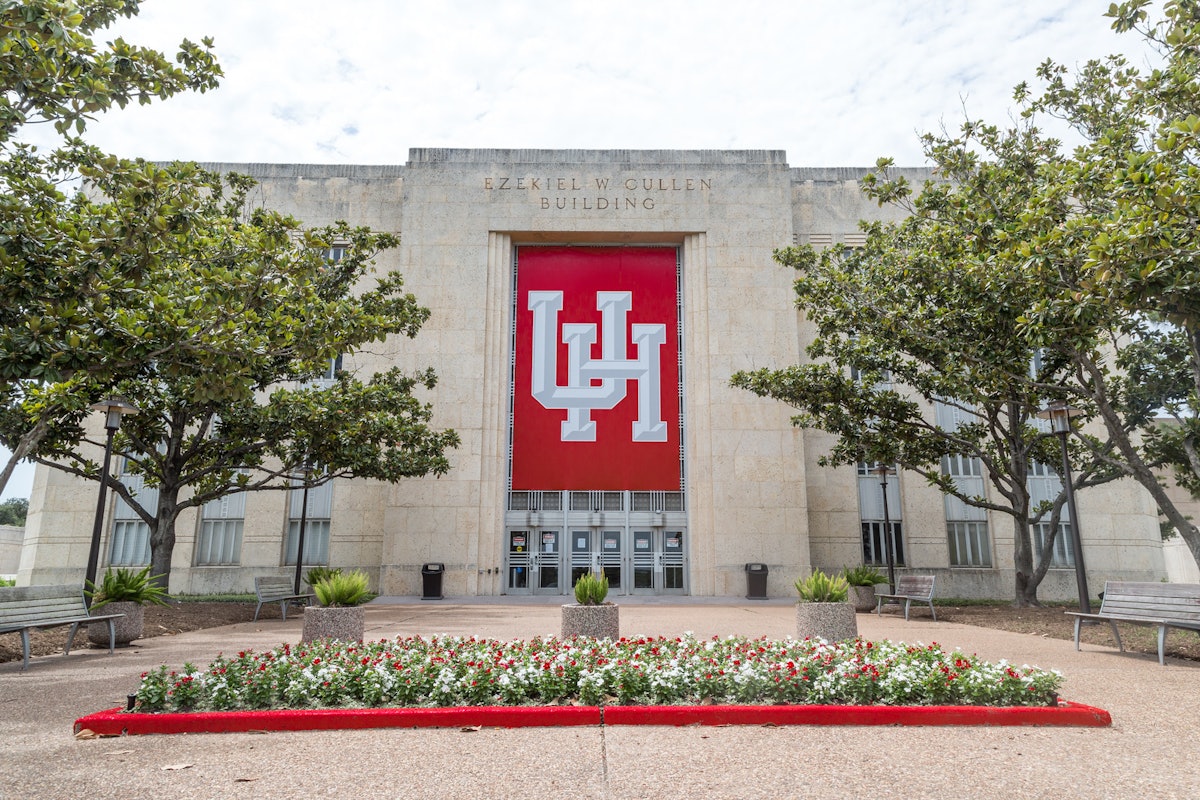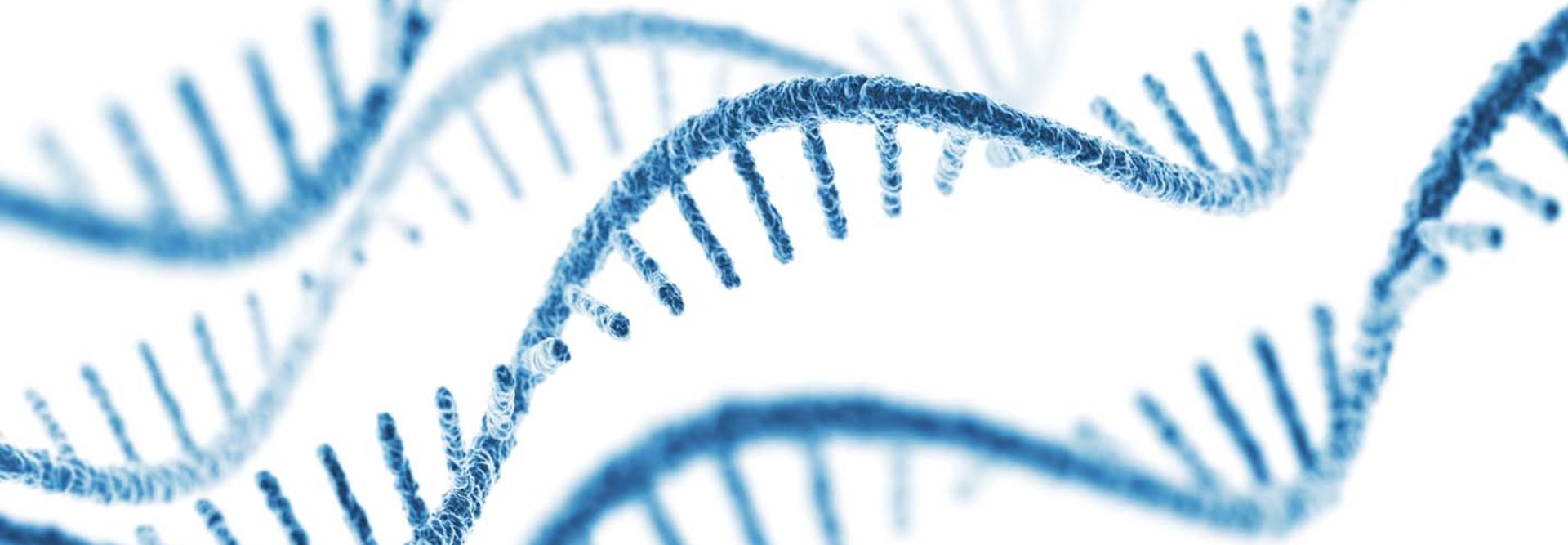For years, advocates for higher education in prison programs worked to see Pell Grants reintroduced for incarcerated individuals. When the revised Pell Grant regulations went into effect in July 2023, they contained a provision that college in prison programs must now document how they and/or organizations with which they partner provide reentry services. In the report “Exploring the Landscape of College and Community Reentry Partnerships,” Ithaka S+R examines some of the disconnects as well as best practices. This report was funded by ECMC Foundation.
“There is a huge body of research on reentry…but so little of that work is focused specifically on where college fits into the picture,” said Dr. Ess Pokornowski, senior analyst, justice initiatives, for Ithaka S+R and author of the report.  Dr. Ess Pokornowski
Dr. Ess Pokornowski
“There are so many different providers for all of these services, and they have a lot of expertise in providing specific programs or services—housing, food, professional development, employment and sometimes even things like learning how to use technology—but very seldom were colleges or college-in-prison programs coordinating and communicating really well with those organizations,” said Pokornowski. “The community organizations would really benefit from learning more about college students’ needs reentering, but on the flip side the colleges aren’t always thinking about their own reentering students.”
The needs of individuals reentering society after incarceration are large, but services for them are disaggregated. Housing, employment, support networks, location and program offerings all impact this student population.
“We’re looking at this unique intersection of two really big systems—the correctional system and the higher education system meet at college-in-prison programs,” said Pokornowski. “There is a real urgent need to think with great care and deliberation about non-traditional students.”
The goal of the report is to help professionals working in colleges, universities and postsecondary education in prison programs better understand the needs of students reentering and reintegrating after incarceration. Similarly, the authors of the report said that community-based organizations that work with institutions of higher education on reentry, must become better informed about the needs of college students, which may not align with their standard procedures. The report emphasizes that effective communication and collaboration within an institution and between institutions and organizations are essential to success.
“If we can start to bridge that gap cohesively and get colleges in general to start thinking about students who might be system impacted broadly or might be reintegrating more narrowly, that’s really important for the success of those students,” Pokornowski said. “Their inclusion, their belonging, well-being and their ability to access and use campus basic needs, that for me was one of the really big takeaways.”
Basic needs services on campuses include food and housing assistance, but reentering students may not know about these services, noted Pokornowski. The report addresses that there should be a seamless integration between student services and reentering students.
Dr. Carla Barrett, academic director of the Prison-to-College Pathways (P2CP) program at John Jay College of Criminal Justice, said the report highlights key points that she has seen firsthand.
“The issue that some of the case studies discussed is keeping things student-centered and using students as a resource whether it’s a student advisory board or focus groups,” said Barrett. “I can sit in my position as an administrator for a higher ed in prison program and observe a tremendous amount of what our students go through, but that’s very different than the lived experiences of reentry. Making sure that we’re grounding whatever work we’re doing in what students are telling us they need and what they’re telling us works for them.”
The report argues that more student-level data is essential to build truly effective services. With the reinstatement of Pell Grant funding, the number of college students and college graduates experiencing reentry will continue to grow.
“When setting up a program for people who are justice involved, colleges should give a lot of thought to how to make the program visible and respected on campus without drawing stigma to students affiliated with the program,” said Dr. Ruth Delaney, director of the Unlocking Potential initiative at the Vera Institute of Justice.
The report suggests that colleges and universities seeking to increase the number of nontraditional students pause and consider if their programs are designed to reach and serve students impacted by the criminal justice system. Reentry and reintegration needs must be individually assessed and prioritized for each student on a case-by-case basis.
“One of the issues that came up [in the report] is that every single individual’s reentry needs are unique,” said Barrett, who also emphasized the importance of effective communication and collaboration. “That is a fact and we see it all the time with our own students when they return to community (P2CP began in 2011). … There is not a one-size-fits-all model.”
The next phase of this research will commence in 2025. Ithaka S+R will work with a cohort of 10 colleges and 10 community organizations to either develop, expand or deepen reentry and reintegration service partnerships.
#Report #Examines #Fragmented #Reentry #Services #Incarcerated #Individuals #Attending #College










